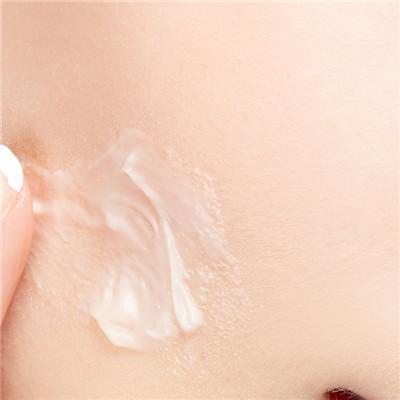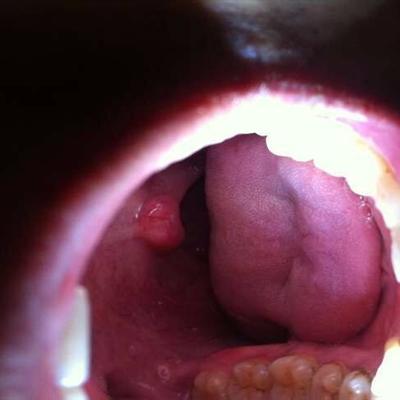Symptoms of incarcerated umbilical hernia
summary
Umbilical hernia is a kind of congenital developmental defect, which is a common disease in infants. With the growth of age, the disease gradually decreases, most of them can heal within one year old, and incarceration rarely occurs. Incarceration of umbilical hernia, that is, the herniated bowel is stuck in the umbilical ring. At this time, the herniated tumor becomes hard, tender and obstructed; B-ultrasound examination can make a definite diagnosis.
Symptoms of incarcerated umbilical hernia
Once the diagnosis of incarceration of umbilical hernia is clear, surgical exploration should be performed immediately. Make a semicircular skin incision around the upper or lower part of the umbilical hernia, peel off the skin, subcutaneous tissue and adipose tissue on both sides of the fascia, expose the hernia sac, open the wall of the hernia sac, remove the hernia sac, and intermittently suture the fascia margin on both sides of the middle line with silk thread to suture the skin. This method not only seals the hernia ring, but also retains the normal appearance of the umbilical cord.

It is found that the traditional coin compression method after umbilical hernia often can not achieve the purpose of assisting self-healing, because the protruding abdomen of umbilical hernia is spherical. After the bandage is tightened with coin compression, the bandage will gradually slip off and can not maintain its position. Moreover, it only compresses the hernia on the plane, and the umbilical ring is still open. The curative effect is not exact. It is best to use medical umbilical hernia belt compression.

The main manifestations were prolapse of the umbilicus tumor, hemispherical shape, enlargement when the child was crying, and the tension of the umbilicus skin and scar was slightly cyan. The tumor retracted or disappeared when the child was quiet or lying on his back. There were loose folds in the umbilicus orifice. The enlarged and hard umbilicus ring could be touched by the finger, and the sound of water vapor could be heard when the hernia content was also accepted.

matters needing attention
In non-surgical treatment, wide adhesive tape was used to compress the umbilical foramen. Before adhesive tape was used, the hernia contents were returned, and gauze was used to prevent the hernia contents from prolapsing. Most people advocate that there is no need for any treatment, waiting for its self-healing, and do not advocate the local use of coins, buttons or wood chips and other hard objects to suppress, in order to prevent local ulceration and infection.











